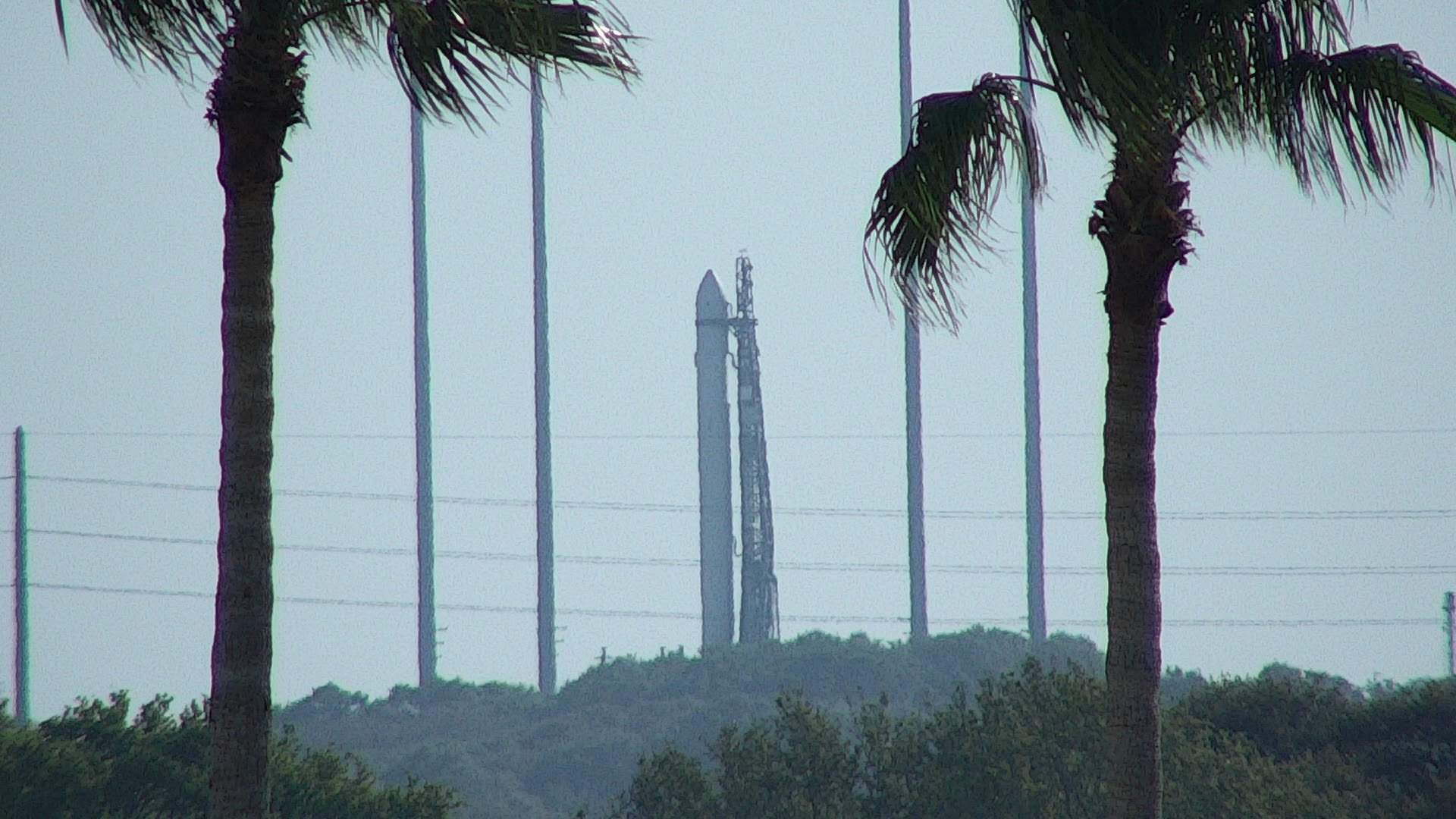
Despite a proud mission name of “Good Luck, Have Fun”, all the luck in the world afforded Relativity Space precious little fun earlier this afternoon, as the maiden launch attempt for its 3D-printed Terran-1 rocket was called off. Perched atop Launch Complex (LC)-16 at Cape Canaveral Space Force Station, Fla.—from which Titan and Pershing missiles were tested between December 1959 and March 1988—Terran-1 enjoyed a spacious three-hour “launch window” from 1 p.m. through 4 p.m. EST Wednesday, but nagging issues pertaining to the thermal conditioning of its Liquid Natural Gas (LNG) and Liquid Oxygen (LOX) propellants ultimately forced teams to scrub and realign for another try in the coming days.
Relativity Space, founded back in 2015 by aerospace engineers Tim Ellis and Jordan Noone—formerly of Blue Origin and SpaceX, respectively—is based out of Long Beach, Calif., and seeks to develop a fleet of orbital-class launch vehicles, produced almost entirely through additive manufacturing. Through its in-house-designed Stargate system, about 85 percent of the total mass of the first-generation Terran-1 rocket is 3D-printed, as Relativity aims to build entire boosters, priced as little as $12 million, in just 60 days.
Although the first Terran-1 mission was set to ferry no payload uphill, it will carry a 3D-printed piece from the Stargate printer, measuring 6.5 inches (16.5 centimeters) across and weighing in the region of 3 pounds (1.4 kilograms). But as outlined in AmericaSpace’s pre-launch story, the two-stage rocket’s capacity to lift payloads up to 2,750 pounds (1,250 kilograms) to a low-Earth orbit of 115 miles (185 kilometers) and up to 1,500 pounds (700 kilograms) to a Sun-synchronous orbit of 750 miles (1,200 kilometers) has already earned it a burgeoning commercial clientele, ranging from Telesat to Momentus and from Iridium to Spaceflight, Inc.
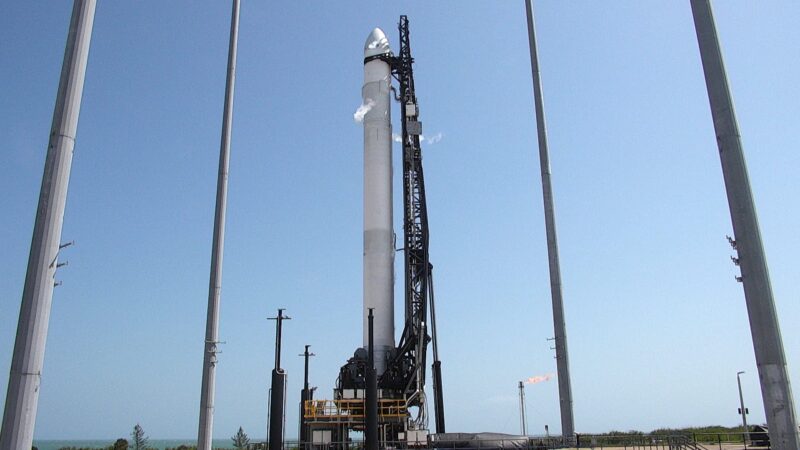
“Thanks for playing” came the disappointed closing remark from Launch Director Clay Walker, who had overseen Wednesday’s countdown and its punctuation by setbacks, revived fortunes and yet more setbacks. It was perhaps to be expected for the maiden outing of an entirely new vehicle and Relativity will now adopt a “measured approach” as it seeks to establish a new No Earlier Than (NET) target for the mission.
Terran-1 is a two-stage affair, with nine 3D-printed Aeon-1 engines producing a combined 207,000 pounds (95,000 kilograms) of thrust at liftoff to propel the 15-story vehicle off the pad. A single vacuum-optimized Aeon-1 engine on the second stage adds 28,000 pounds (12,700 kilograms) of thrust, burning for five minutes to haul payloads in what Relativity describes as a “sweet-spot” capability range between Rocket Lab’s Electron and SpaceX’s Falcon 9.
Weather conditions for Wednesday’s opening launch attempt were predicted to be around 90-percent favorable, improving to 95 percent for the backup opportunity on Thursday. “A weak backdoor cold front will move across the Space Coast later this evening and overnight,” noted the 45th Weather Squadron at Patrick Space Force Base in its L-1 summary, issued Tuesday afternoon.
“This feature is not expected to have a significant impact on the weather across the area, other than to turn the surface winds to a northeasterly direction and become gusty, especially from late morning and throughout the entire launch window,” the 45th added. “Highest gusts look to be in the 20-22 mph (32-35 km/h) range during the count.
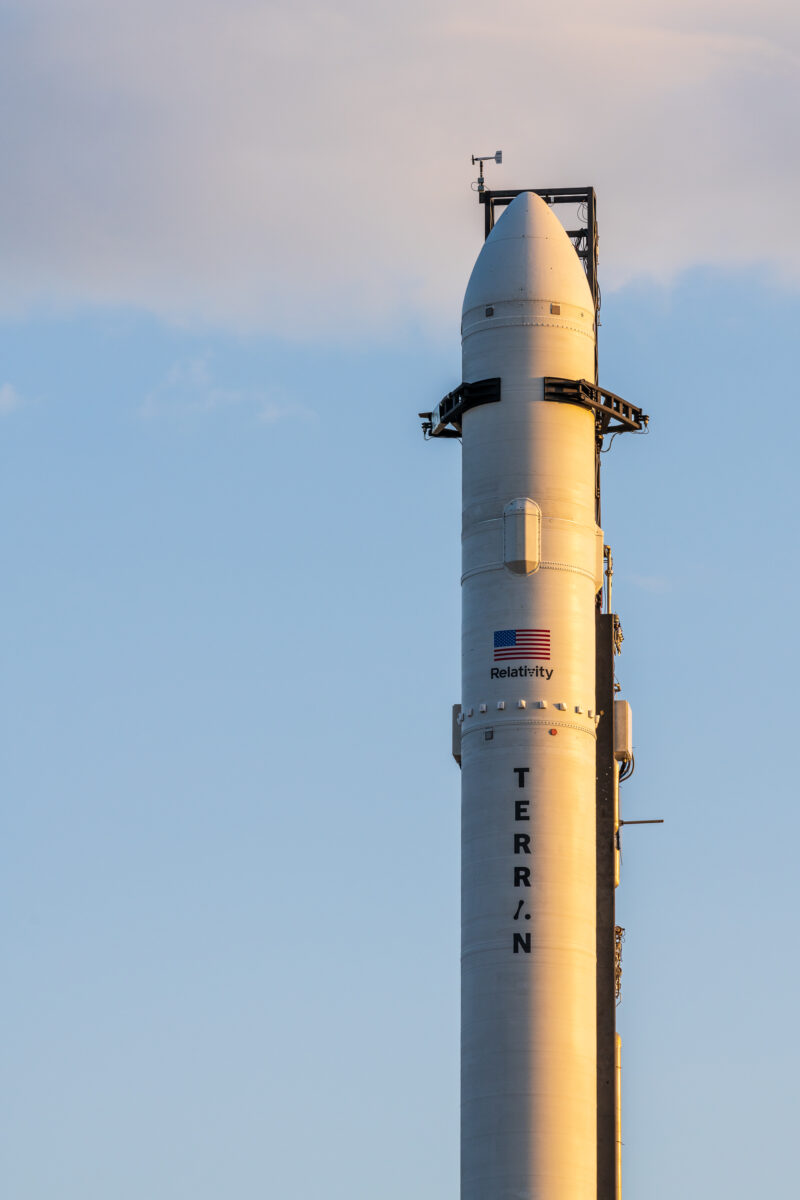
“The strength of the winds will impact sea-breeze development in the afternoon, but should one develop, it should maintain onshore flow and should help to take low-level clouds inland away from the launch pad,” it concluded. The primary concern for both launch attempts was the Cumulus Cloud Rule, with wind speeds expected to diminish in advance of the backup opportunity on Thursday.
Early Wednesday, Relativity teams pressed directly into fueling the 110-foot-tall (33.5-meter) booster with its flight load of Liquid Natural Gas (LNG) and Liquid Oxygen (LOX). “Range Green, vehicle is healthy and we are progressing well towards launch,” Relativity tweeted at 12:25 p.m. EST, as clocks headed smoothly into the final half-hour before the opening of the “launch window”.
Shortly before the 1 p.m. EST opening of the window, however, it became apparent that T-0 would move deeper into the three-hour time block. Countdown clocks appeared to aim for a launch point around 1:20 p.m. EST, before Relativity issued a new T-0 of 2 p.m. EST, citing the need “to work through thermal conditioning of our propellant”.
Another hold was called at 1:36 p.m. EST, as clocks halted again at T-24 minutes to give engineers additional time to work through their propellant thermal conditioning protocols. This led to a revised T-0 of 2:40 p.m. EST, although as clouds began to roll into the area, teams kept a watchful eye on the weather. Launch Director Clay Walker polled his team at T-15 minutes and received an encouraging string of “Go” calls across the board.
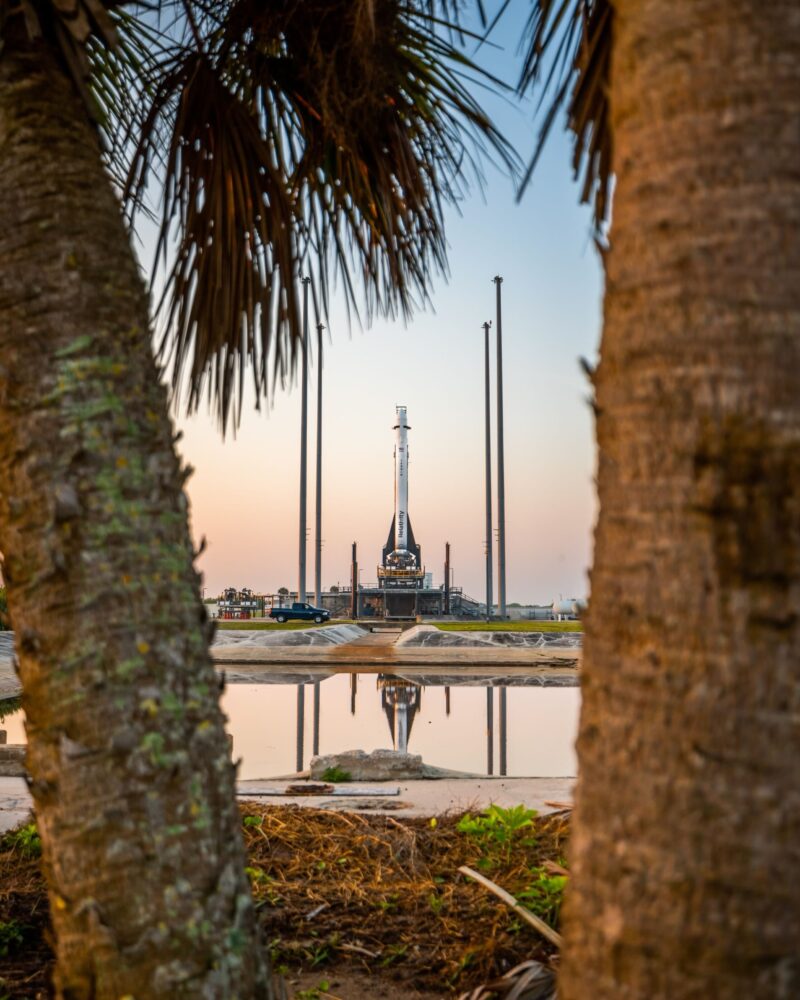
Heading deep inside T-10 minutes, the Terran-1 propellant tanks attained requisite flight pressures and the rocket’s first-stage suite of nine Aeon-1 engines were “primed” for ignition, after which the Transporter-Erector (TE) commenced its slow retraction and the vehicle was confirmed on internal power at T-3 minutes. Entering the Terminal Count at T-70 seconds, the rocket’s on-board flight computer assumed primary command of all the vehicle’s critical functions and the Eastern Range confirmed their readiness to support the launch with a clipped “Range Green”.
Yet gremlins, too, are often green. Hearts leapt agonizingly into throats at T-70 seconds, when an automated abort was called. A revised T-0 of 3:55 p.m. EST—just five minutes ahead of the closure of Wednesday’s window—was established, but with little firm detail emerging from Relativity it seemed obvious that Terran-1’s chances of launching on her first attempt were ebbing away.
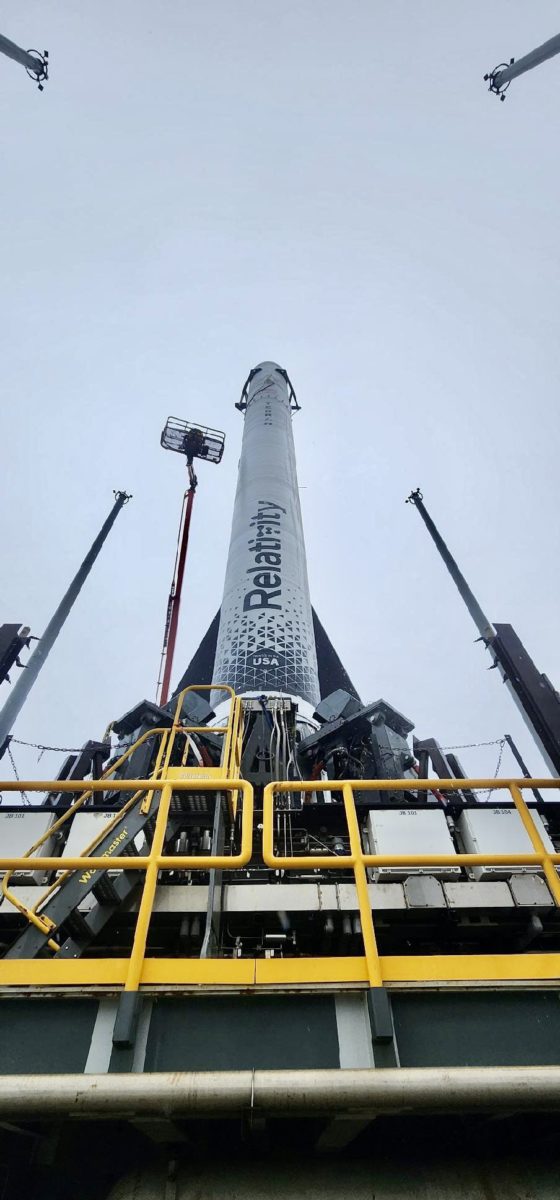
A half-hour before the end of the window, Mr. Walker formally announced a scrub for the day, adding “Thanks for playing” to his team. No new launch date has yet been established, but Relativity tweeted that it is aiming for another try in the next few days.
“Today’s launch attempt…was scrubbed due to exceeding Launch Commit Criteria (LCC) limits for propellant thermal conditions on Stage 2,” it explained in the minutes after the scrub. “The team is working diligently toward our next launch window in the coming days.”




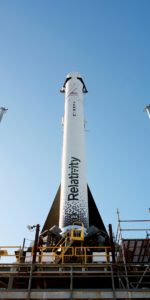
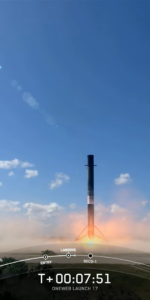
4 Comments
4 Pings & Trackbacks
Pingback:As SpaceX Lofts 40 OneWeb Satellites, Relativity Space Aims for Launch Attempt #2 on Saturday - AmericaSpace
Pingback:After Dramatic Engine Start and Recycle, Relativity Space Scrubs First Terran-1 Launch - AmericaSpace
Pingback:Relativity, SpaceX Target Florida Launches This Week - AmericaSpace
Pingback:On Third Try, Relativity Launches Terran-1, Fails to Achieve Orbit - AmericaSpace